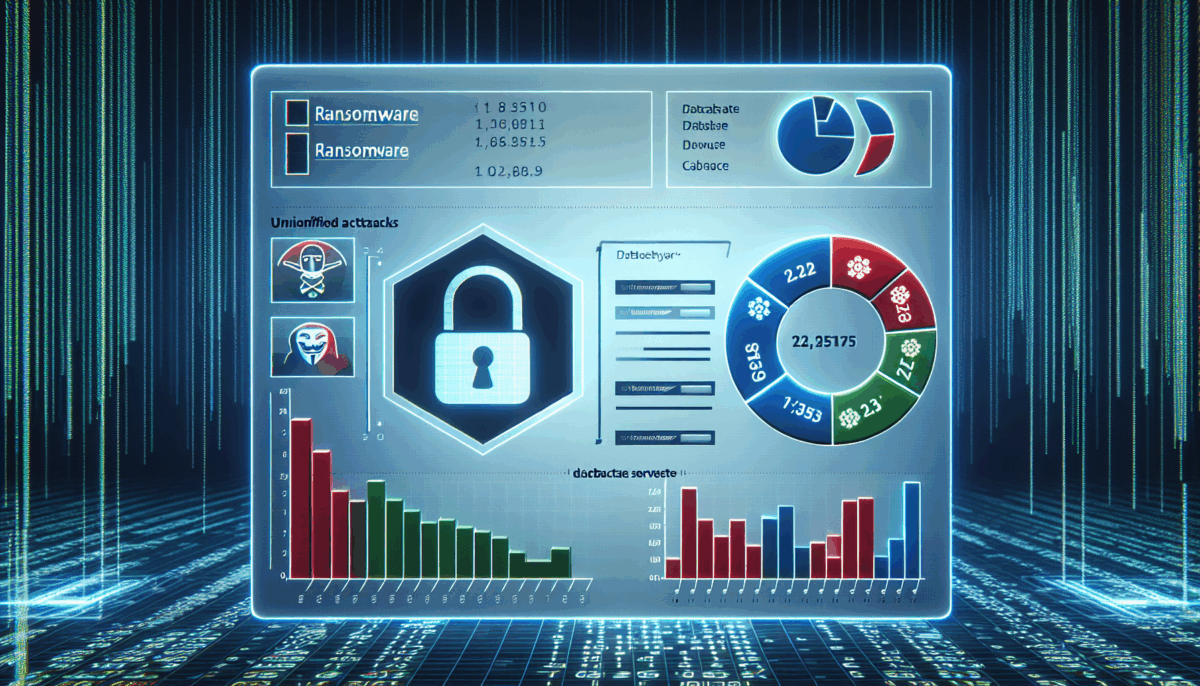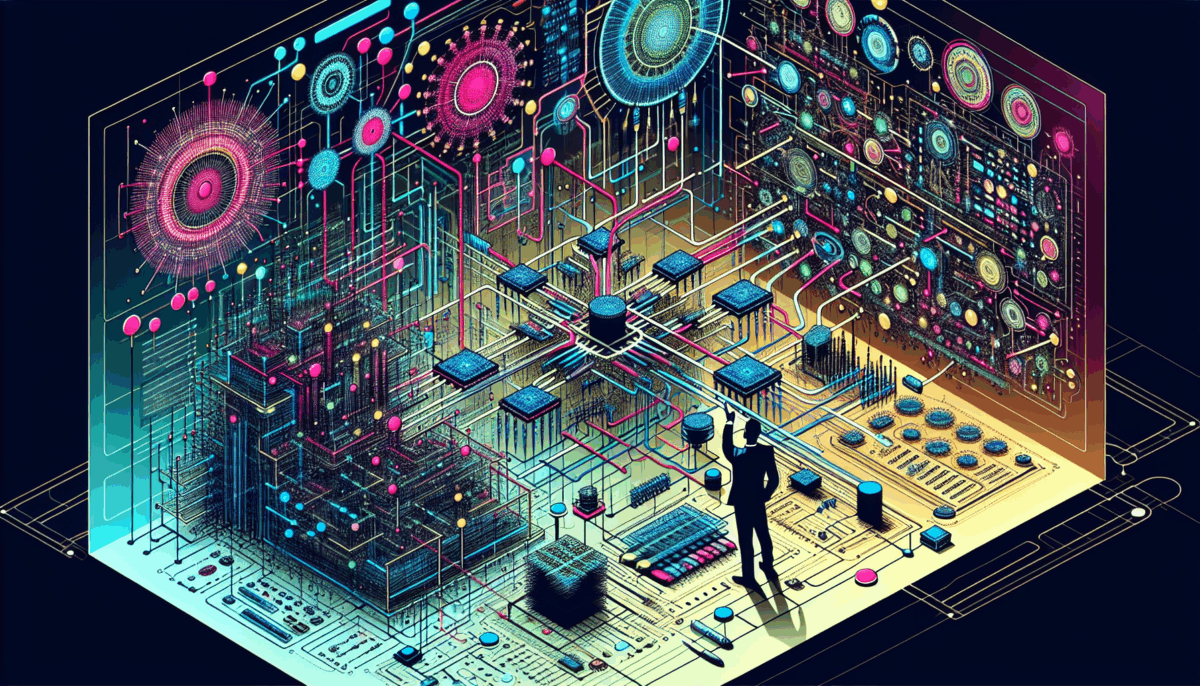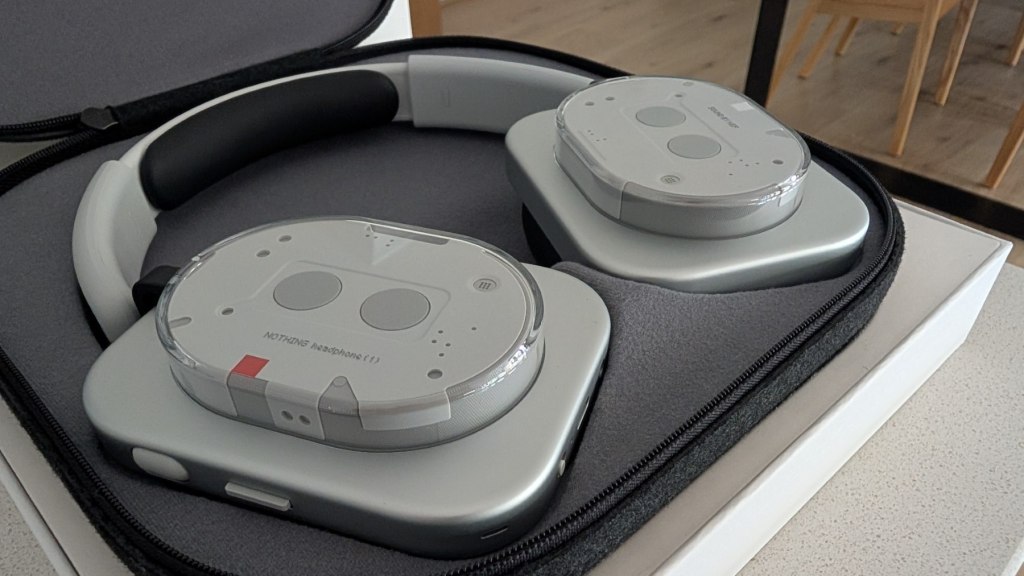Government Encourages Vulnerability Research, Notifies Insurers and Non-Profits
We independently review everything we recommend. When you buy through our links, we may earn a commission which is paid directly to our Australia-based writers, editors, and support staff. Thank you for your support!
Quick Summary
- The Australian government is enhancing its cyber security strategy, transitioning to horizon two, with an emphasis on browser-level threat mitigation.
- Possible governmental involvement in the cyber insurance sector to aid small and medium enterprises and non-profit organizations.
- Conversations on synchronizing cyber regulations to elevate organizational cyber maturity.
- Focus on data protection as artificial intelligence advances and handles an increasing volume of data.
- Increased safeguarding and incentives for vulnerability researchers in Australia.
- Augmented security protocols for non-profits to safeguard sensitive information.
Cyber Security Strategy: Shift to Horizon Two

The Australian government is intensifying its efforts regarding its cyber security strategy, with a transition from horizon one to horizon two, covering the period from 2026 to 2028. This strategy revolves around six strategic ‘shields’ intended to strengthen Australia’s cyber defenses.
Possible Involvement in Cyber Insurance
The federal government is considering intervention in the cyber insurance landscape to make services more attainable for small enterprises and non-profit organizations. While insurance facilitates swift recovery from cyber incidents, accessibility is frequently hampered by financial barriers and technical prerequisites. The government seeks to enhance the availability of these products without disrupting the market.
Regulatory Talk
A discussion is being promoted to evaluate if the existing cyber regulations and compliance legislation have limited the cyber maturity of organizations. The government proposes possible amendments to consolidate these laws and enhance their effectiveness.
Emphasis on Data Transmission
As AI progresses, understanding data movement and access becomes imperative. The government has plans to bolster data security to mitigate risks that come with the rising use of AI across sectors.
Initiatives for Vulnerability Research
Acknowledging the significance of vulnerability researchers as vital assets, the government aims to provide improved protections and incentives for their contributions. This may include the establishment of a vulnerability disclosure program for secure reporting.
Enhancements to Browser-Level Security
In transitioning to a more intricate threat blocking approach, the government will concentrate on browser-level security to supplement current large-scale initiatives. This program intends to boost awareness and uptake of enhanced browser security features.
Fortifying Cyber Security for Non-Profits
Due to their dependence on volunteers and limited funding, non-profits encounter distinct obstacles in upholding cyber security. The government is prioritizing the enhancement of cyber resilience within this domain to secure sensitive data and preserve public confidence.
Conclusion
The Australian government’s advancement to horizon two of its cyber security strategy signifies a major leap forward in bolstering national cyber resilience. By concentrating on enhancing insurance access, regulatory reform, data security, and backing for vulnerability research, the strategy aims to strengthen defenses against emerging cyber threats.
Q&A
Q: What are the primary objectives of Australia’s updated cyber security strategy?
A:
The strategy is geared towards improving cyber resilience through enhanced threat mitigation, better access to cyber insurance, more streamlined regulations, and fortified data security protocols.
Q: In what ways will the government assist vulnerability researchers?
A:
The government plans to provide increased protections and incentives for researchers, potentially through a formal vulnerability disclosure initiative.
Q: What’s the significance of focusing on not-for-profits?
A:
Not-for-profits frequently struggle with resources necessary for adequate cyber security, rendering them susceptible. The government aims to bolster their capacity to secure sensitive data and uphold public trust.
Q: What transformations are anticipated in cyber insurance?
A:
The government might intervene to enhance the accessibility and affordability of cyber insurance for small businesses and non-profits, ensuring broader coverage and protection.













.jpeg&h=420&w=748&c=0&s=0)

.jpg&h=420&w=748&c=0&s=0)